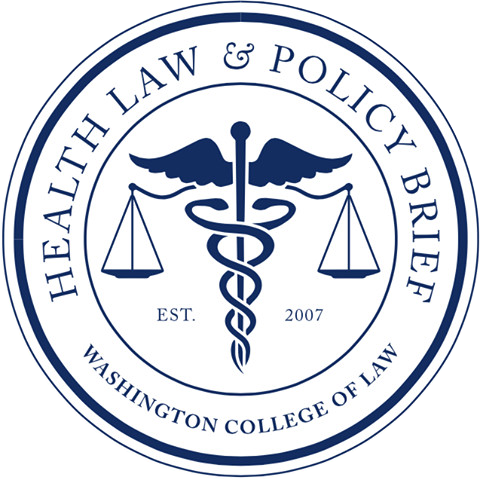Pennsylvania recently amended its Safe Haven laws to allow parents to surrender their newborns at urgent care centers without criminal liability. Previously, under Pennsylvania law, parents could only surrender their infants at hospitals, emergency medical services providers, and police stations without liability. However, in a recent amendment, Pennsylvania’s legislators expanded this law to include urgent care centers. Now, urgent care centers must accommodate the law through policies, training, and updates to their premises.
The Newborn Protection Act allows parents of infants 28 days old or younger to leave the infant at these ‘safe havens’ without criminal liability, so long as the newborn is not a victim of child abuse or neglect. If a child is a victim of child abuse and being surrendered, the parents may face criminal liabilities.
Healthcare providers are mandatory reporters of child abuse, under Pennsylvania law. As a baseline, healthcare providers always must report any suspected child abuse, even if a newborn is not being surrendered. Accordingly, healthcare providers, ideally, should already be training employees to know the signs of suspected abuse and have adequate reporting procedures in place. When a provider suspects abuse, they are responsible for filing a report of the suspected abuse with law enforcement. Given that urgent care centers are healthcare providers, these facilities should already have reporting procedures and training in place for suspected abuse.
Yet, because urgent care centers do not offer as robust healthcare services as hospitals, the Newborn Protection Act will require urgent care centers to transport the surrendered newborn to a hospital and place the newborn in the care of another healthcare provider within that hospital. This is an additional step that hospitals do not need to undertake, as they already have the resources to assume custody of a surrendered newborn unlike an urgent care center, which is designed to only provide temporary and acute services.
Like hospitals, police stations, and emergency medical services providers, urgent care centers must now adequately train personnel to properly inquire into possible child abuse. Urgent care centers are now required to post signage, stating the hours in which they will accept newborns. The urgent care centers will be required to provide an incubator as well, for parents to anonymously surrender their children. Incubators lock from the inside so that third parties cannot access the surrendered newborn.
Ultimately, the Newborn Protection Act seeks to provide a safe way for parents to surrender children. However, urgent care centers will need to ensure they adapt their training and procedures to comply with the expansions of the Act as soon as possible, to ensure that they are not turning a blind eye to suspected child abuse or neglect.
